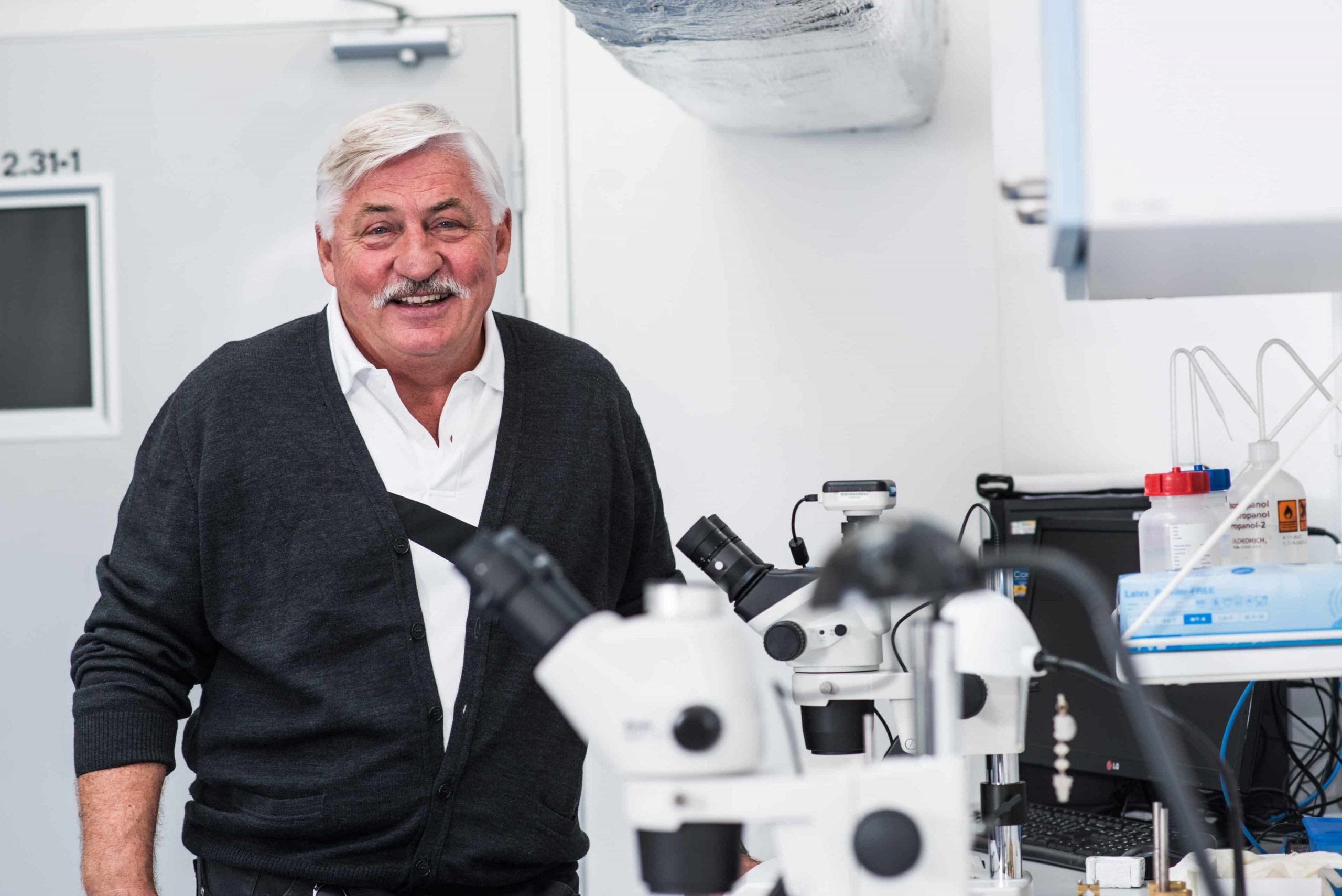PLN 30 million for terahertz technology research at the Warsaw University of Technology
The Warsaw University of Technology’s new project ‘CENTERA2 Centre for Terahertz Research and Applications’ will be carried out in the laboratories of the Centre for Advanced Materials and Technology at WUT under the direction of Prof Wojciech Knap and Prof Marek Potemski.
The International Research Agendas (MAB) is a programme through which research centres are established in Poland, attracting outstanding scientists from all over the world. The Foundation for Polish Science has just announced the winners of this programme. Among them is the ‘CENTERA2 Research and Application Centre’ project, submitted by the Warsaw University of Technology. The CENTERA2 project is a continuation of the CENTERA project, which started in 2018 with the cooperation of the Warsaw University of Technology and the Institute of High Pressure Physics of the Polish Academy of Sciences.
– Thanks to a consortium comprising these two institutions, we were able to create a laboratory at the Centre for Advanced Materials and Technology CEZAMAT at WUT, which has all types of terahertz spectrometry, as well as magnetic fields, cryogenic and high-pressure equipment, said Prof Wojciech Knap.
Today, the CENTERA laboratory enables multi-domain research so that terahertz technologies can be developed for applications in the economy and industry, as well as in some areas of everyday life.
– One of the biggest problems with terahertz waves is the lack of cheap and efficient sources and detectors, explained Prof Knap. – Reducing the production costs of such devices can be achieved through the development and production of innovative high-resolution (terahertz) semiconductor technologies based on silicon or gallium nitride. I think we have the potential to develop this technology in Poland.
By reducing the production costs of the equipment, it could eventually be implemented, for example, on production lines, where quality control of products made from, for example, synthetic polymers would take place using terahertz waves. The low ionising energy of THz waves makes scanning with terahertz waves ‘safer’ than scanning with X-ray waves.
– There is no stripping of atoms or modification of chemical compounds. We could thus eliminate devices based on X-rays that are harmful to biological organisms, explained Prof Knap.
In the future, terahertz waves will also be used in communication solutions, as the higher the carrier frequency, the higher the data transmission speed.
The aim of the CENTERA2 project is to create at the Warsaw University of Technology one of the best research teams in Europe dealing with terahertz technologies. The project will create four teams, focusing, among other things, on the study of new phenomena in condensed matter that can be used for detection, modulation, generation and amplification of THz radiation, new materials based on quasiparticle research, the development of tools for modelling new phenomena using electron and magnetic excitation, and the development of new devices and systems with a view to technology transfer and commercialisation. This last section is particularly important, as the CENTERA2 project is primarily intended to focus on the practical application of terahertz waves.
Almost thirty scientists will be recruited for the project, and the work will be carried out under the leadership of Prof Wojciech Knap, who started the study of terahertz waves more than 25 years ago and was the first to demonstrate experimentally that plasma wave oscillations in nanostructures can reach the terahertz range, and his research started a new field – terahertz plasmonics. In the CENTERA 2 project, Prof Knap is acting as principal investigator. Prof Marek Potemski, who is a recognised expert in the physics of low-dimensional semiconductor materials, is the research team leader in the project.
